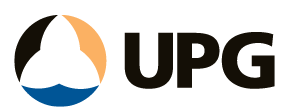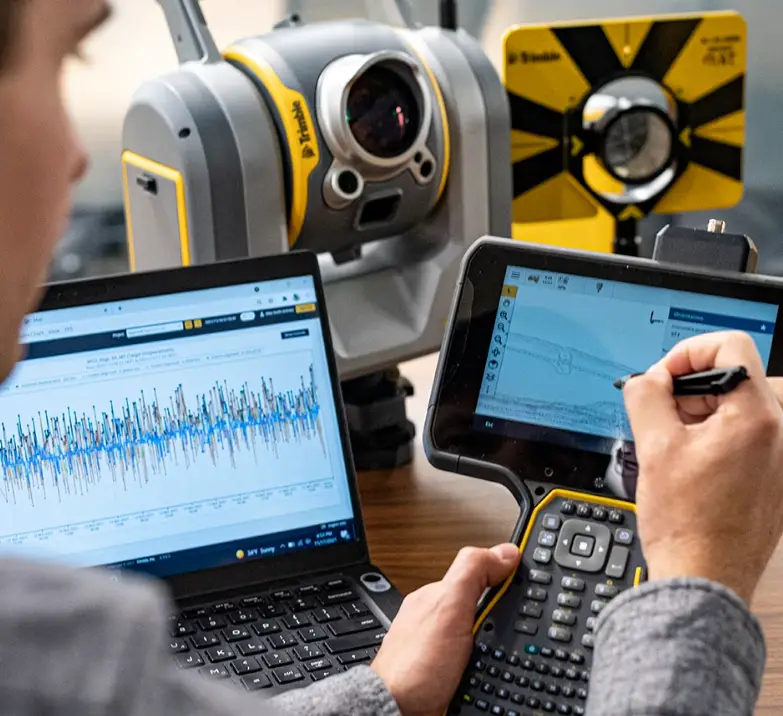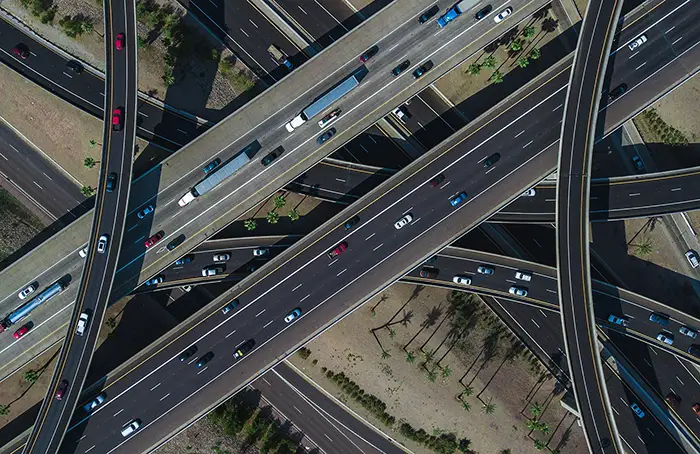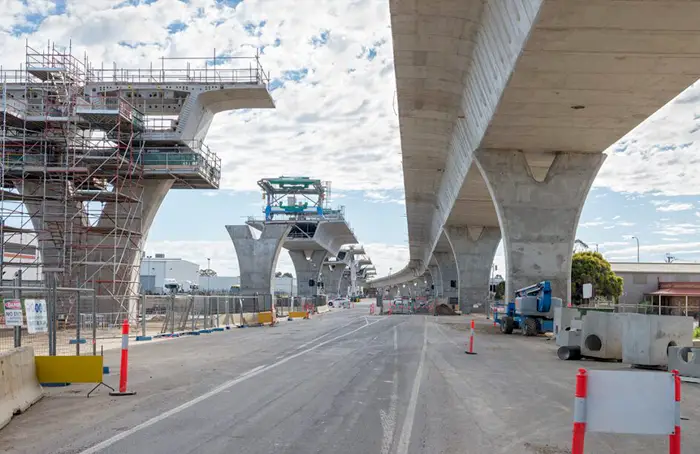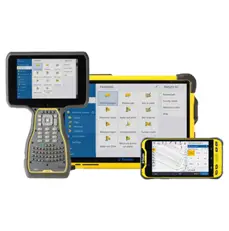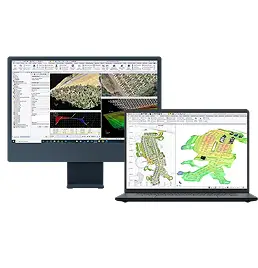UPG offers one of the most complete monitoring portfolios available, with a solution for nearly any monitoring project. We are experts in system automation and nearly any sensor can be automated, whether new or existing.
We specialise in offering full turnkey solutions, including items such as instrument shelters, remote communications and solar power systems, so implementing a monitoring project has never been easier.
Whether you want to monitor a mine, tailings dam, rail or structure, we have a solution for you, and offer a full service, including consultation, system design, equipment supply, implementation, and commissioning, along with lifetime support of your system.
We use the latest technologies which ensure our solutions are on the cutting edge and all operate within a single software ecosystem, regardless of the field hardware.
So, no matter how big or small your project is, we have a solution for you.
